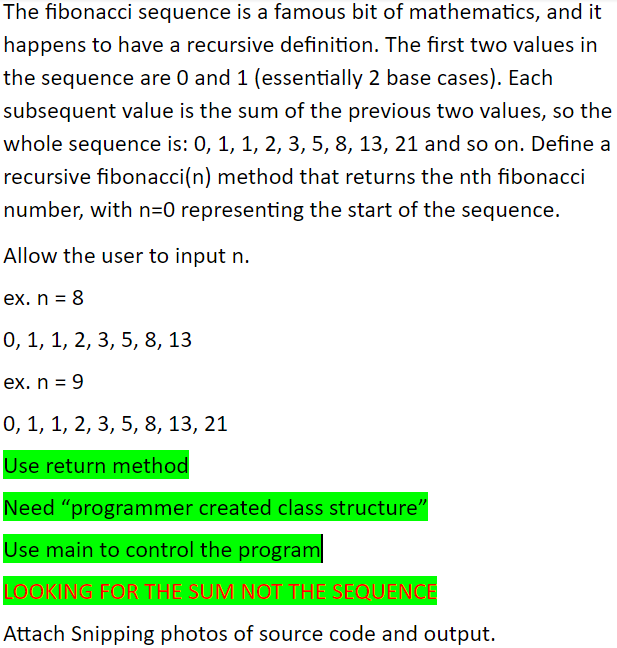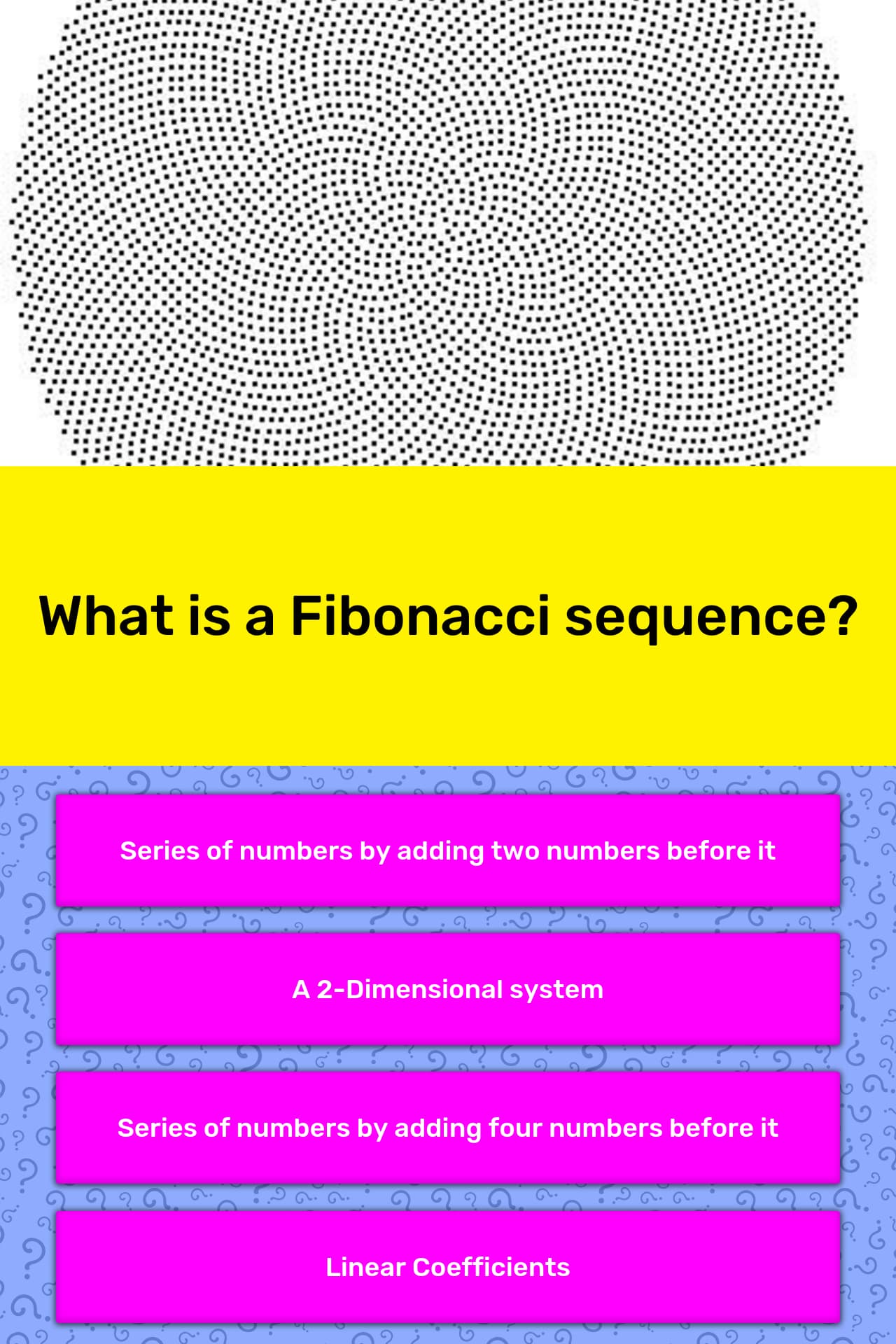
In the Sanskrit poetic tradition, there was interest in enumerating all patterns of long (L) syllables of 2 units duration, juxtaposed with short (S) syllables of 1 unit duration.

The Fibonacci sequence appears in Indian mathematics, in connection with Sanskrit prosody. Eight ( F 6) end with a short syllable and five ( F 5) end with a long syllable. Thirteen ( F 7) ways of arranging long and short syllables in a cadence of length six. Fibonacci numbers are also closely related to Lucas numbers, which obey the same recurrence relation and with the Fibonacci numbers form a complementary pair of Lucas sequences. They also appear in biological settings, such as branching in trees, the arrangement of leaves on a stem, the fruit sprouts of a pineapple, the flowering of an artichoke, an uncurling fern, and the arrangement of a pine cone's bracts.įibonacci numbers are also strongly related to the golden ratio: Binet's formula expresses the nth Fibonacci number in terms of n and the golden ratio, and implies that the ratio of two consecutive Fibonacci numbers tends to the golden ratio as n increases. Applications of Fibonacci numbers include computer algorithms such as the Fibonacci search technique and the Fibonacci heap data structure, and graphs called Fibonacci cubes used for interconnecting parallel and distributed systems. įibonacci numbers appear unexpectedly often in mathematics, so much so that there is an entire journal dedicated to their study, the Fibonacci Quarterly. They are named after the Italian mathematician Leonardo of Pisa, also known as Fibonacci, who introduced the sequence to Western European mathematics in his 1202 book Liber Abaci. The Fibonacci numbers were first described in Indian mathematics, as early as 200 BC in work by Pingala on enumerating possible patterns of Sanskrit poetry formed from syllables of two lengths. The sequence commonly starts from 0 and 1, although some authors start the sequence from 1 and 1 or sometimes (as did Fibonacci) from 1 and 2. Numbers that are part of the Fibonacci sequence are known as Fibonacci numbers, commonly denoted F n. In mathematics, the Fibonacci sequence is a sequence in which each number is the sum of the two preceding ones. Nature makes use of the Fibonacci sequence as well, for example, in the case of branching in trees.A tiling with squares whose side lengths are successive Fibonacci numbers: 1, 1, 2, 3, 5, 8, 13 and 21.

Some pseudorandom number generators also make use of Fibonnaci numbers. Another use of the Fibonacci sequence is in graphs called Fibonacci cubes, which are made to interconnect distributed and parallel systems. Computer algorithms such as Fibonacci search techniques and Fibonacci heap data structure make use of the Fibonacci sequence, as do recursive programming algorithms. The Fibonacci sequence has been used in many applications.

The general rule to obtain the n th number in the sequence is by adding previous (n-1)th term and (n-2) term, i.e. In other words, the Fibonacci sequence has a closed-form solution. Similar to all sequences, the Fibonacci sequence can also be evaluated with the help of a finite number of operations. The Fibonacci sequence is a simple, yet complete sequence, i.e all positive integers in the sequence can be computed as a sum of Fibonacci numbers with any integer being used once at most.
#Fibonacci sequence definition series
The Fibonacci sequence is also known as the Fibonacci series or Fibonacci numbers.


 0 kommentar(er)
0 kommentar(er)
